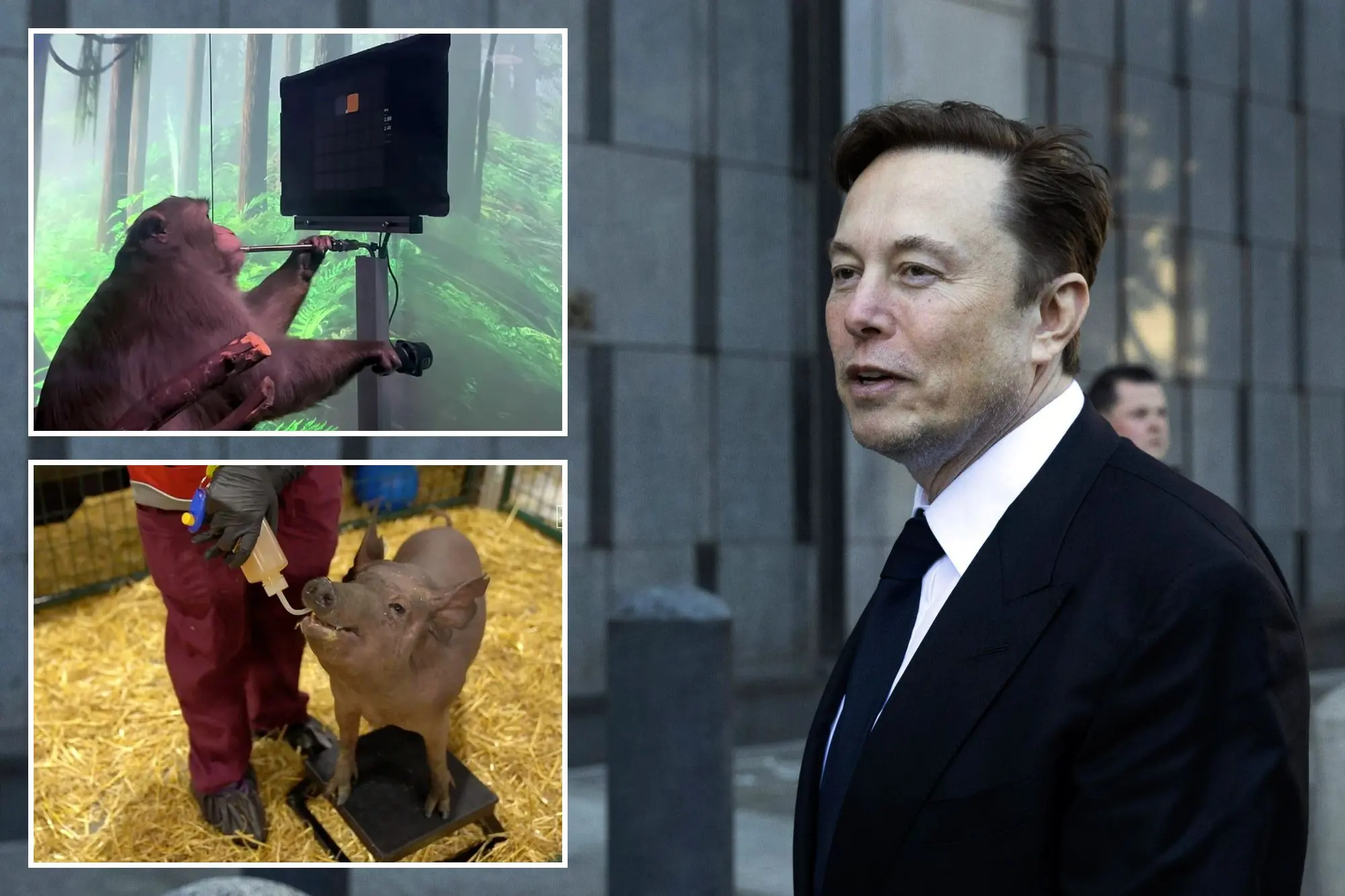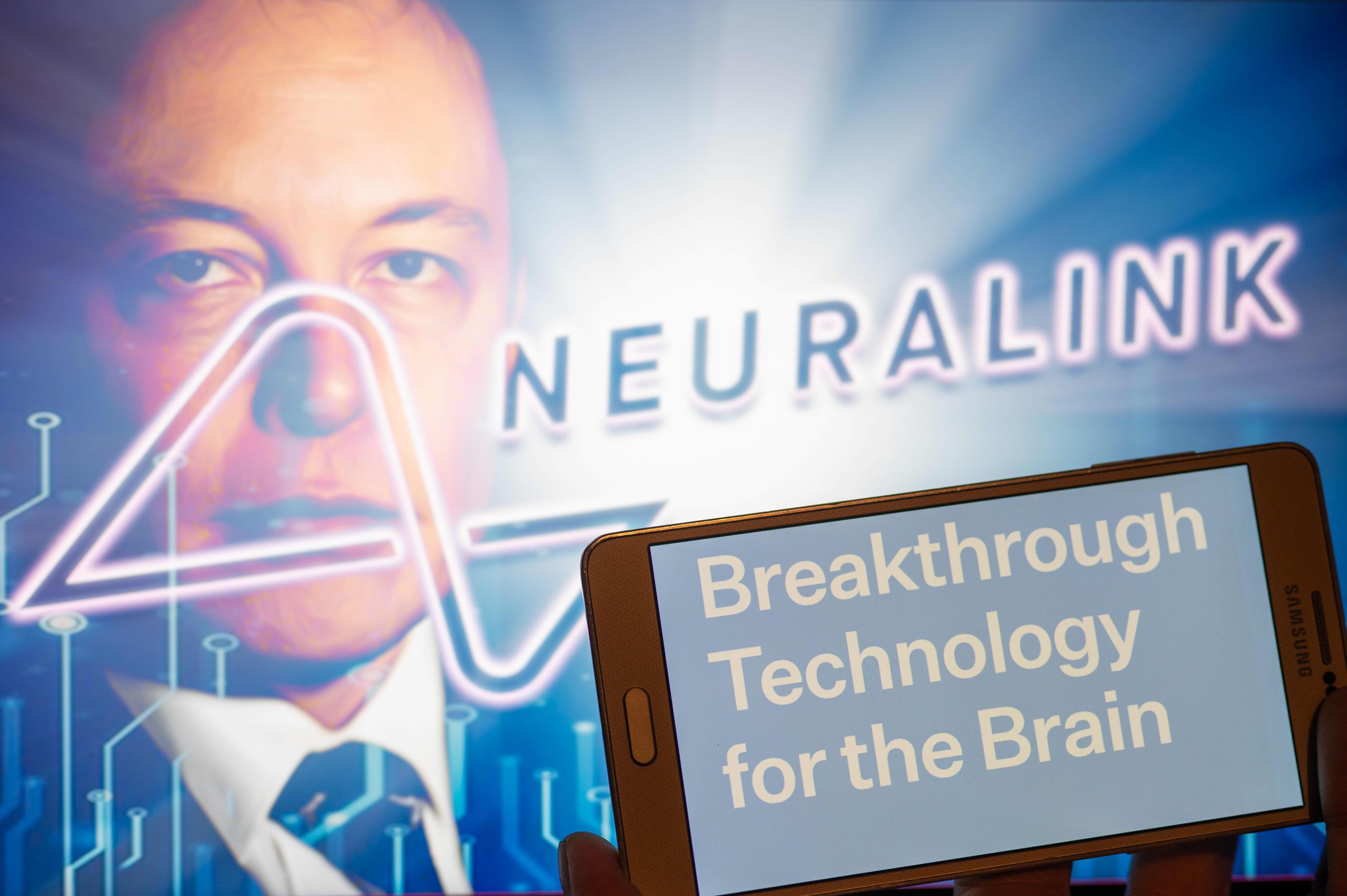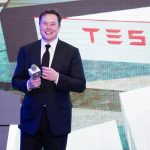Neuralink’s $5 billion valuation in 2024 boosts Musk’s diverse portfolio

Neuralink’s $5 Billion Valuation in 2024 Boosts Musk’s Diverse Portfolio
Introduction: A New Frontier in Brain-Machine Interface
Elon Musk has long been recognized for his ability to revolutionize industries, from electric vehicles and space exploration to sustainable energy and high-speed transportation. However, one of his most ambitious ventures, Neuralink, a neurotechnology company focused on developing brain-machine interfaces (BMIs), has taken a significant step forward in 2024. The company has reached a remarkable $5 billion valuation, signaling a new era of growth and potential for Musk’s already diverse portfolio. Neuralink’s breakthrough developments in neurotechnology could reshape the future of medicine, communication, and human enhancement, making it a key player in Musk’s broader vision of advancing humanity. In this article, we examine the implications of Neuralink’s soaring valuation, the potential impact of its technology, and how it fits into Musk’s wide-ranging business empire.
Neuralink’s Vision: Unlocking the Power of the Human Brain
Founded by Musk in 2016, Neuralink was established with the goal of developing innovative technologies that could enable direct communication between the human brain and computers. The company’s primary aim is to create brain-machine interfaces that would allow individuals to control devices, communicate, and even potentially enhance cognitive abilities through direct neural interaction. Neuralink’s vision extends beyond merely treating neurological diseases and conditions—it seeks to radically transform the way humans interact with technology and, ultimately, each other.
The company has made significant strides since its inception, showcasing its cutting-edge technology through demonstrations such as the implantation of tiny, flexible electrodes into the brain of pigs and monkeys. These devices allow for high-bandwidth communication between the brain and machines, with the potential to address a range of medical conditions, including paralysis, blindness, and memory loss. By enabling patients to control prosthetic limbs or interact with digital devices directly through their minds, Neuralink is pushing the boundaries of what is possible in both healthcare and human augmentation.
The $5 billion valuation reached in 2024 marks a significant milestone for Neuralink. It reflects growing confidence in the company’s ability to successfully commercialize its technology and position itself as a leader in the neurotechnology space. As research and development continue to advance, Neuralink’s potential to transform not just medicine, but human existence itself, has never been more apparent.
Musk’s Diverse Portfolio: Neuralink’s Role in the Bigger Picture
Elon Musk’s business ventures have always been driven by a long-term vision of improving humanity through technological innovation. From Tesla’s electric cars and renewable energy solutions to SpaceX’s mission to make life multiplanetary, Musk has sought to address some of the most pressing challenges facing society today. Neuralink fits perfectly into this broader vision, as it could eventually help treat some of the most debilitating conditions known to humankind, such as neurological diseases, strokes, and spinal cord injuries.
However, Neuralink’s potential reaches far beyond healthcare. Musk has frequently spoken about his belief that brain-machine interfaces could be key to enabling humans to keep up with the rapid advancements in artificial intelligence (AI). With the rise of AI, Musk has warned that humanity could be left behind if it fails to develop technologies that allow us to augment our cognitive abilities. Neuralink’s BMI technology could enable humans to interface directly with AI systems, enhancing our capacity for learning, decision-making, and creativity.
For Musk, Neuralink represents another pillar of his diversified portfolio. While Tesla and SpaceX have been at the forefront of his business empire, Neuralink adds a unique dimension to his ventures. By pushing the boundaries of neurotechnology, Musk is positioning himself as not only a leader in electric vehicles and space exploration but also in the emerging field of human enhancement. The convergence of AI, neuroscience, and biotechnology presents Musk with the opportunity to shape the future in ways that extend beyond traditional industries, opening up new possibilities for human potential.
The Market Reaction: Investor Confidence and Future Prospects
Neuralink’s $5 billion valuation in 2024 has sent ripples throughout the investment community, signaling that the market sees significant promise in the company’s technology. As one of the few companies in the world working on advanced brain-machine interfaces, Neuralink is positioned to capitalize on the growing demand for innovative healthcare solutions, particularly in the areas of neurological disorders and cognitive enhancement. Investors are betting on the company’s ability to commercialize its technology and bring its life-changing products to market.
Part of what makes Neuralink particularly appealing to investors is its potential for long-term growth. As the technology matures, the possibilities for expanding its applications become vast. Beyond treating medical conditions, BMIs could become an integral part of everyday life, enabling individuals to control devices with their minds, enhance their cognitive abilities, and even interact with digital environments in ways that are currently unimaginable. Neuralink’s vision of integrating the human brain with technology could create entirely new industries, from brain-powered communication devices to cognitive enhancement tools, and this prospect has investors excited.
Moreover, the rapid advancements in AI and biotechnology are accelerating the development of technologies like Neuralink’s. With the rise of AI-driven healthcare solutions, precision medicine, and personalized treatment plans, the demand for innovative brain-machine interfaces is expected to grow exponentially in the coming years. Neuralink’s position at the intersection of these transformative fields gives it a competitive edge and further solidifies its place as a future leader in the neurotechnology space.
Challenges and Ethical Considerations: The Road Ahead
Despite Neuralink’s impressive progress and growing valuation, the company faces a number of challenges as it continues to develop its technology. One of the most significant hurdles is the regulatory landscape. As a medical device company, Neuralink will need to navigate stringent regulations and approval processes from health authorities around the world. The safety and efficacy of its brain-machine interfaces will need to be thoroughly tested before they can be widely adopted, particularly for medical applications.
In addition, there are significant ethical considerations surrounding the development of brain-machine interfaces. The potential for cognitive enhancement raises questions about inequality, privacy, and the implications of altering human cognition. Musk has acknowledged these concerns, emphasizing the importance of responsible development and use of neurotechnology. As Neuralink moves forward, it will need to address these ethical dilemmas and ensure that its technology is used in ways that benefit society as a whole.
Another challenge lies in public perception. While many are excited about the potential of Neuralink’s technology, others may be wary of the idea of implanting devices into the human brain. Musk’s unconventional approach and the ambitious nature of Neuralink’s goals could lead to skepticism or resistance from some sectors of the public. Overcoming these challenges will require clear communication, transparency, and a commitment to addressing safety and ethical concerns.
Conclusion: Neuralink’s Potential to Shape the Future
Neuralink’s $5 billion valuation in 2024 marks a major milestone in the company’s journey to revolutionize the way humans interact with technology. As part of Elon Musk’s diverse portfolio, Neuralink represents the cutting edge of neurotechnology and human enhancement, with the potential to reshape medicine, communication, and even human cognition. While there are challenges ahead, both in terms of regulation and ethical considerations, the company’s advancements in brain-machine interfaces have the potential to create new industries and transform lives in ways previously thought impossible.
With Musk’s backing and the growing demand for innovative healthcare solutions, Neuralink is well-positioned to lead the charge in the emerging field of neurotechnology. As the company continues to make progress in its mission, it could play a pivotal role in shaping the future of human-machine interaction and the next frontier of technological innovation. With its remarkable valuation and game-changing technology, Neuralink is proving that Elon Musk’s influence reaches far beyond electric cars and rockets, extending into the very fabric of human potential.






